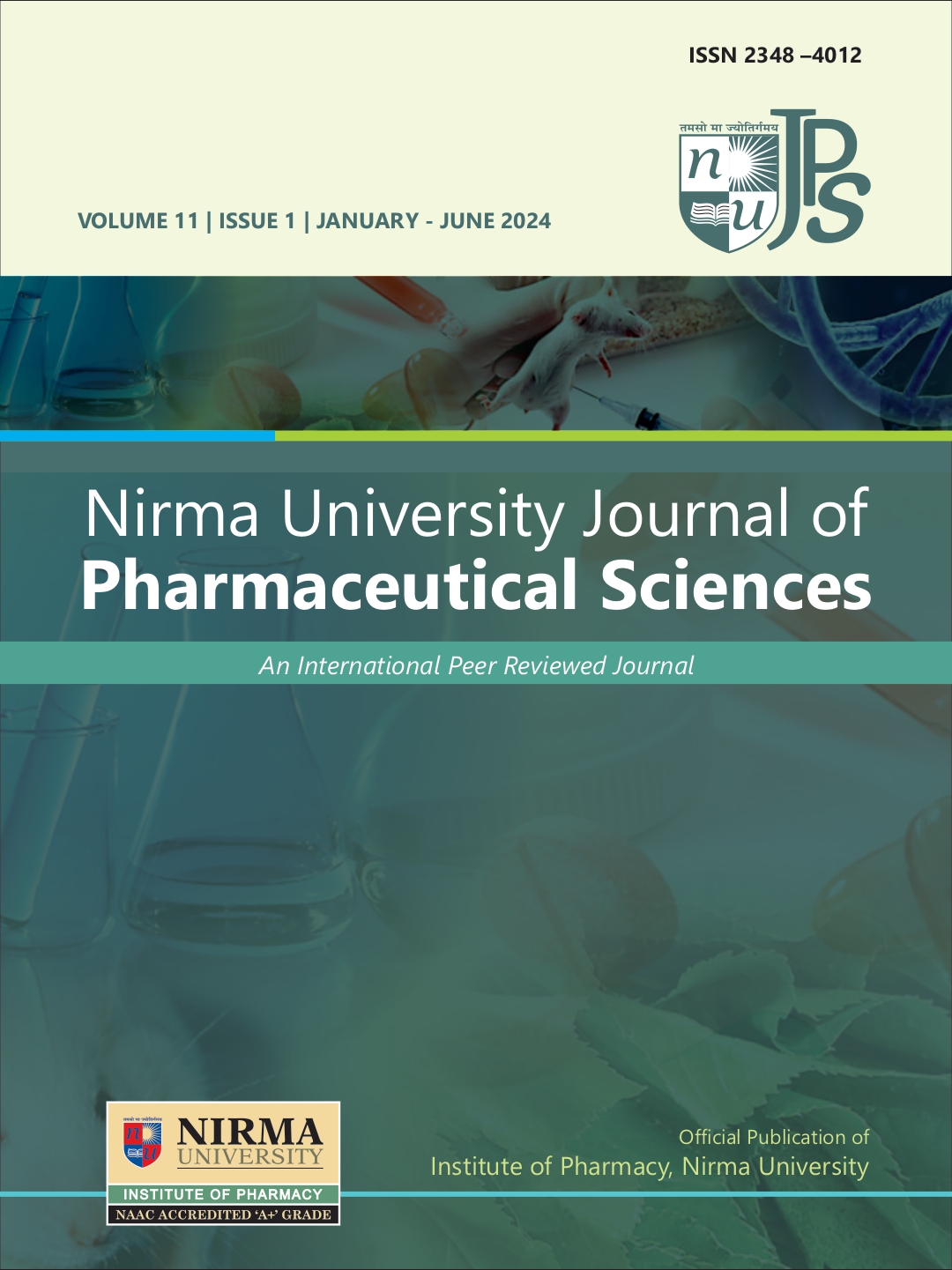FORMULATION AND OPTIMIZATION OF PELLETS CONTAINING ZALTOPROFEN BY EXTRUSION SPHERONIZATION TECHNIQUE
DOI:
https://doi.org/10.5281/Abstract
A non-steroidal anti-inflammatory drug called zaltoprofen has a remarkable impact on persistent post-surgical or post-traumatic inflammation. Zaltoprofen is taken three times a day in doses of 80 mg and has a shorter half-life. Zaltoprofen pellets with a sustained release have been created with the aim to get the maximum drug release possible for this study. The sustained release polymer HPMC K4M, HPMC K15M and HPMC K100M were taken at different concentrations (2.5%, 5% and 7.5%) for the preliminary trial from which HPMC K100M at 7.5% had shown enhanced release. The initial studies on the compatibility of drugs and excipients using FTIR and DSC revealed no interaction between the two. Pellets were prepared by Extrusion-Spheronization technique and evaluated for Bulk density, Tapped Density, Friability, Drug Content, Particle Size, % Yield of pellets, Scanning electron microscopy, and in-vitro Drug release. Controlled drug release for up to 12 hours was accomplished using the box-Behnken design. HPMC K100M concentration (X1), MCC concentration (X2), and Spheronization speed (X3) were chosen as independent factors, and the t50% (Y1) and t90% (Y2) were chosen as dependent variables. An in-vitro drug release study revealed that % CDR decreased as the amount of polymer increased. To visualize the impact of X1 and X2, X1 and X3, and X2 and X3 on the %CDR, contour plots and response surface plots were created. At the concentration of independent variables X1 (77.5%), X2 (7.5%), and X3 (1750 rpm), an optimal response was estimated. Different kinds of release pharmacokinetic models were used to assess the optimized batch Z13. According to ICH regulations, the optimized batch was stored for a month for a stability study at 40°C ± 2°C and 75% ± 5% RH, and it was found to be stable at the end of the study.







